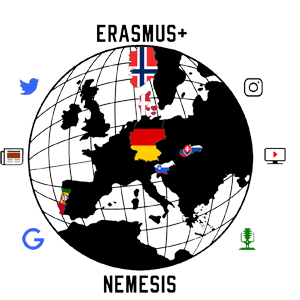The Agrupamento de Escolas de Mortágua consists of three Teaching Institutions:
The Basic School of Mortágua, where Pre-School and First Cycle of Basic Education are taught.
The José Lopes de Oliveira Basic School where Second and Third Cycles of Basic Education are taught.
João Lopes de Morais Secondary School where Third Cycle of Basic Education, Secundary Education and Vocational Education are taught.
The number of teachers is about 110 distributed by different degrees of education (from pre-school to secondary).
Pre-school and the first cycle of Basic Education (1st, 2nd, 3rd and 4th grades) are taught on a one-to-one basis with one teacher per class.
The 2nd cycle of Basic Education (5th and 6th grades), the 3rd cycle of Basic Education (7th, 8th and 9th grades) and Secondary Education (10th, 11th and 12th grades) have one teacher per discipline.
As a whole, the teachers of each class constitute their respective Class Council. Each teacher has several classes from different grades.
About 900 students attend the different levels of education distributed in the following way (approximate numbers):
110 in Pre-school Education (3 to 6 years);
570 in Basic Education (1st cycle with pupils aged 6 to 10 years, 2nd cycle, 10 to 12 years and 3rd cycle, 12 to 14/15 years);
220 in Secondary Education (15 to 18 years) of which about 40 are in Vocational Education.

